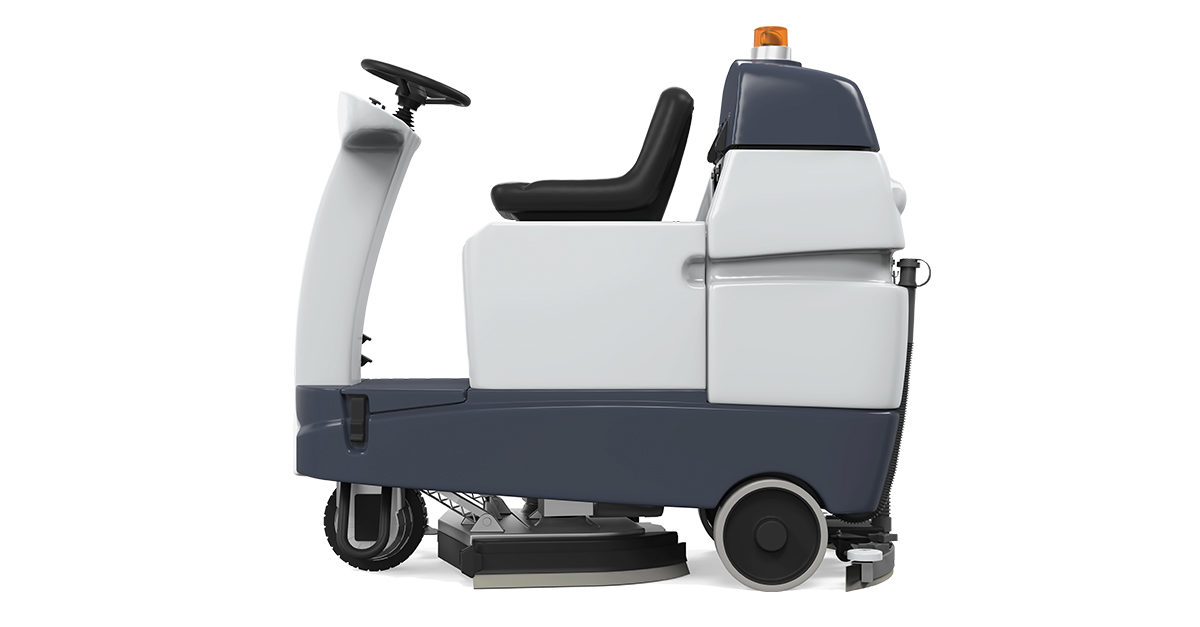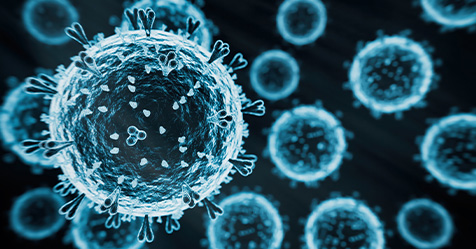When it comes to trends in the professional cleaning industry, robotic technology is the talk of the town. But industry robots are not an entirely new phenomenon, especially not in the workplace. They have worked alongside people in factories and warehouses for decades, and the Robotic Industries Association estimates more than 250,000 industrial robots had been installed across the United States by the end of 2017.
However, while robots in the workplace aren’t new, as technology advances, we are beginning to see a greater diversity of sophisticated robotics systems. In the cleaning industry, those systems can be seen tackling monotonous or dangerous tasks in factory or large warehouse and commercial environments.
Autonomous cleaning solutions that operate in complex environments like these regularly encounter people, obstacles, and rapidly changing conditions, and as a result, demand new and different safety standards from previous, simpler industrial robots to ensure smooth and safe operation. As managers, it’s critical to ensure employees are aware of these standards and know how they will impact staff training, responsibilities, and work environments.
Sensor Advancements Bring New Solutions
While traditional industrial robots often perform monotonous tasks in unobstructed environments such as an assembly line, new self-operating cleaning machines are designed to operate in much more complex environments.
“Robots working collaboratively with humans present a new workplace risk profile that is not yet well understood,” explained Dr. John Howard, director for the National Institute for Occupational Safety and Health (NIOSH), when the organization announced the launch of its Center for Occupational Robotics Research in 2017.
Naturally, this new risk profile raises the stakes when it comes to safety. The presence of people, obstacles, and constantly changing conditions is a challenge, but also an opportunity to bring technology up to par with the operating conditions of autonomous cleaning solutions. The below developments in self-operating machines are helping industrial and high-traffic facilities to function more safely and efficiently:
Hazard avoidance: Advanced sensors allow self-operating cleaning machines to sense and avoid hazards such as water, expensive machinery, or materials that may have fallen somewhere other than where the self-operating cleaning machine “expects” them to be. Machine sensors can feed input into an independent safety board, thereby detecting potential hazards, overriding the machine’s intended path, and stopping an accident before it can occur.
Better precision: In addition to sensing and avoiding hazards, advanced sensors and navigation technology allow newer autonomous machines to operate within just a few centimeters of obstacles. This means they can work around items such as desks, retail shelving, or machinery with less risk of collision or damage to both the machine and the obstacles themselves. This navigation technology also allows autonomous machines to clean extremely closely to furniture, shelving, and other items on the floor of the spaces they are cleaning.
Enhanced navigation solutions: Another navigation development is the option to create a cleaning path two different ways. With some machines, the operator can drive a particular path, enabling the machine to recreate that path on its own later, or the machine can run independently to determine the best path to clean a space. The more options a machine provides to detect obstacles and set cleaning paths, the better chance it has to operate safely.
New Safety Standards
Technological improvements are helping autonomous cleaning solutions operate with less risk in complex environments, but that alone is not enough to ensure safety as self-operating cleaning machines become more commonplace. Industry-wide standards are needed, and in January 2018, the first safety standard specifically targeting robotic floor treatments came into effect.
Developed by the American National Standards Institute (ANSI) and the Canadian Standards Association, the new standard requires all robotic floor care machines that are sold in the United States and Canada to live up to both the basic safety requirements of a floor care machine in addition to a standard that specifically regulates the robotic part of the machine. These regulations are required for manufacturers of robotic floor care machines that want their products to be safety certified under the new standard.
The new safety standard for robotic floor treatment machines will also create more transparency, especially for customers. Compliance with the standard provides peace of mind for facility service providers who might be introducing autonomous cleaning solutions into the workplace for the first time. The standard was a great step in the right direction, but the professional cleaning industry still has a long way to go before safety is the norm.
How Will New Robotic Safety Standards Apply to Your Equipment?
The new safety requirements for robotic floor treatment equipment includes machines that take on:
- Sweeping
- Scrubbing
- Wet or dry pickup
- Polishing
- Wax application
- Sealing products
- Powder-based detergents or shampooing.
The requirements also focus on the following equipment features:
- Parking brakes
- Maximum speed
- Stopping distance
- Obstacle detection
- Abrupt surface fall detection
- Critical zone detection
- Obstacle avoidance
- Machine start audio signal.
Significance of Equipment Certification
According to ANSI, a third-party certification “provides unique credibility” and is an independent ruling—like a stamp of approval—that the product is safe. In some markets, such as the United States, employers are legally obligated to only use third-party certified equipment at their facilities. Failing to comply can lead to product recall, market withdrawal, or fines.
Of course, complying with legal obligations is a must. But manufacturers of autonomous cleaning solutions should want to be at the forefront when it comes to safety standards, particularly because it is their responsibility to ensure safety does not take a back seat to rapidly advancing technology. To ensure the success of autonomous cleaning solutions, safety must be a top consideration during the engineering process.
“In general, the most effective designs and most successful companies base their products around a well-designed safety architecture that gives them flexibility to provide excellent user features without compromising safety,” said Jonathan Moore of Exida Consulting, in an article on Robotics.org.
Looking Ahead
As of now, the safety standard applies to the United States and Canada, but experts say that a similar standard is being developed for the European markets. Based on industry trends, these safety standards will soon be commonplace in major markets. Manufacturers that want to be on the cutting edge of technology in the professional cleaning industry should put as much stock in the safety of their autonomous cleaning solutions as they do the robotics that make them run.



